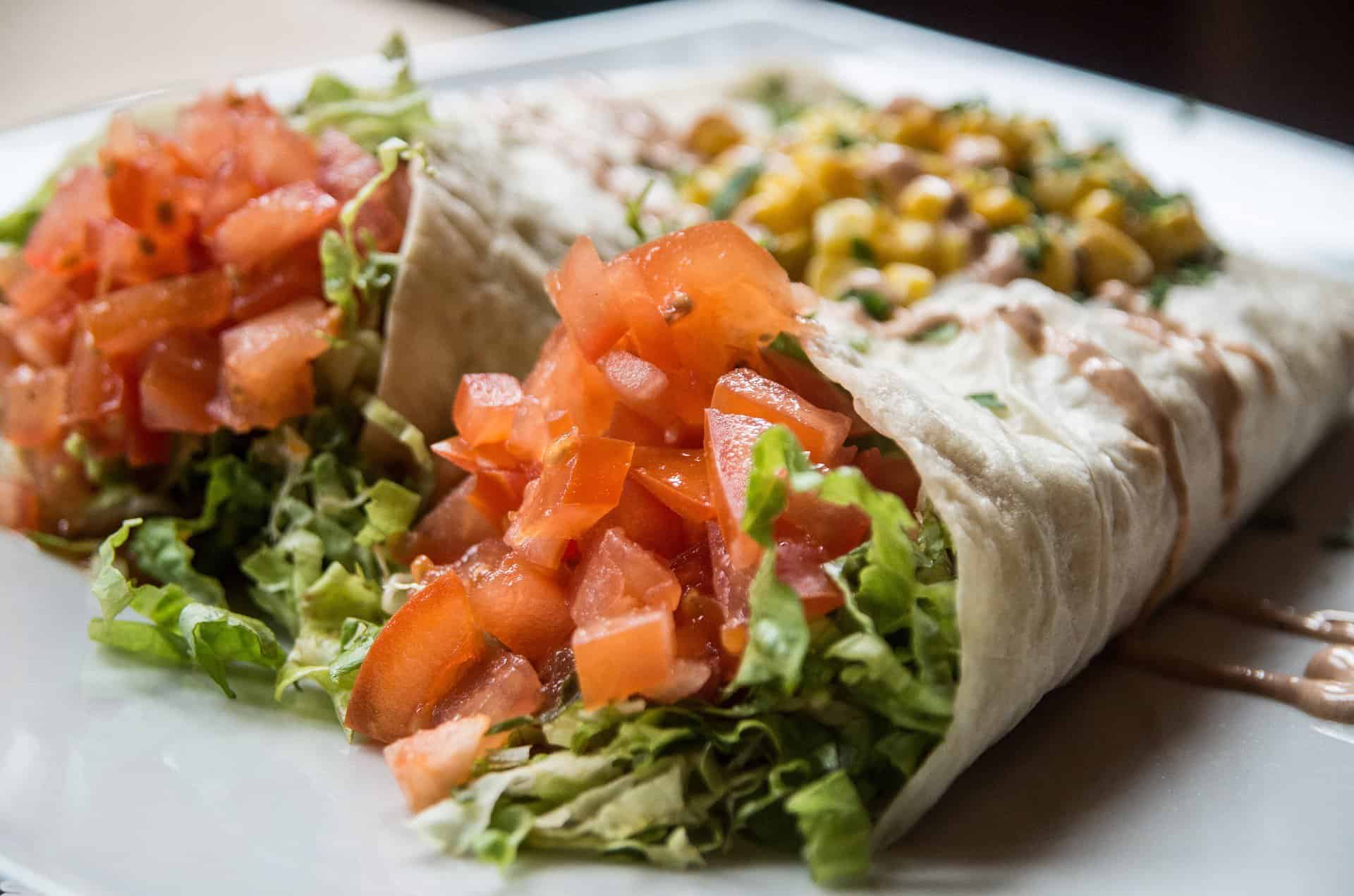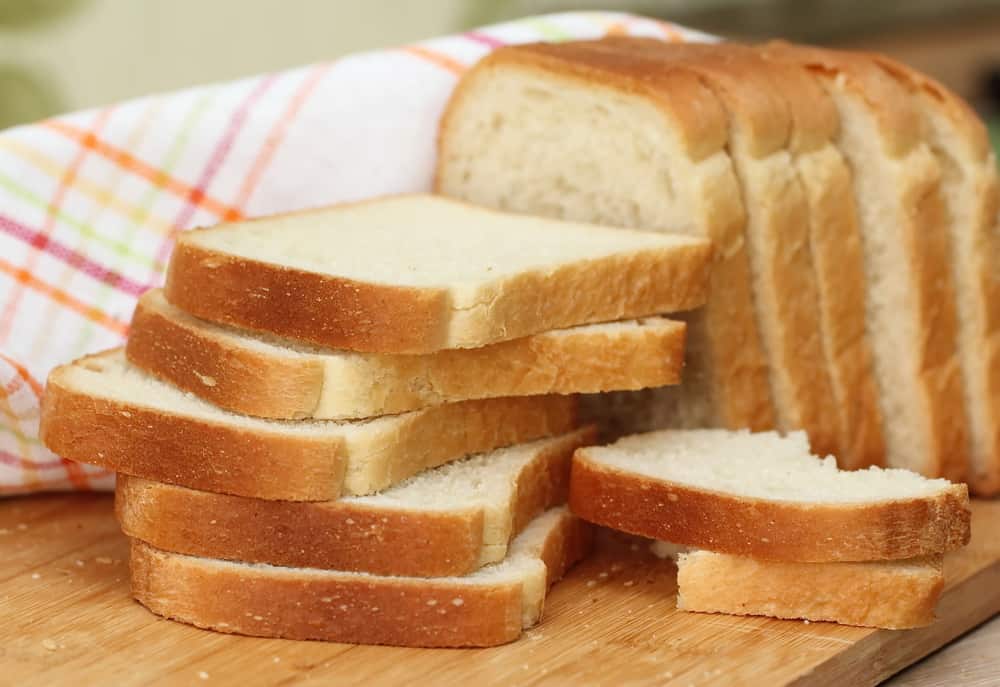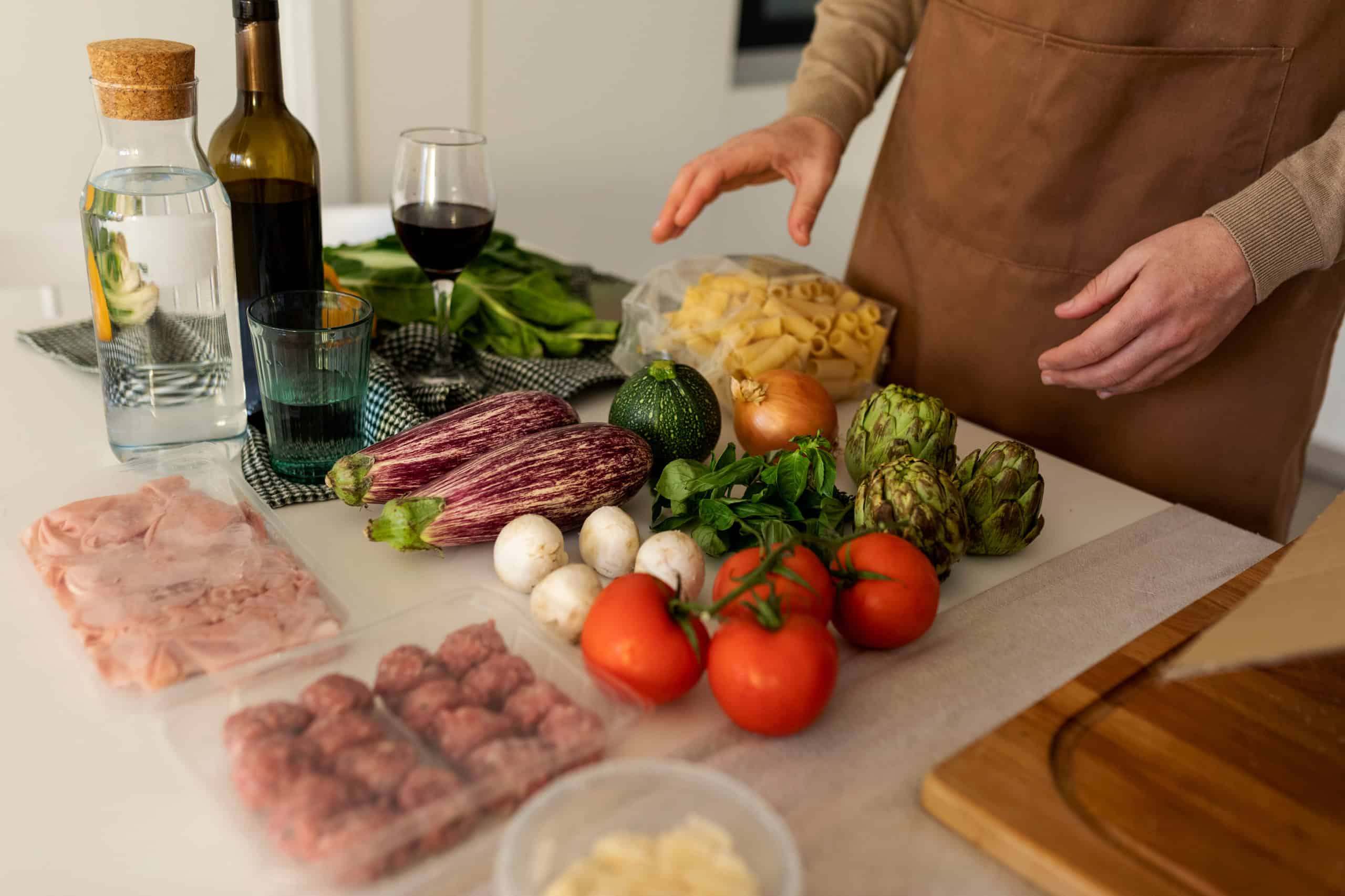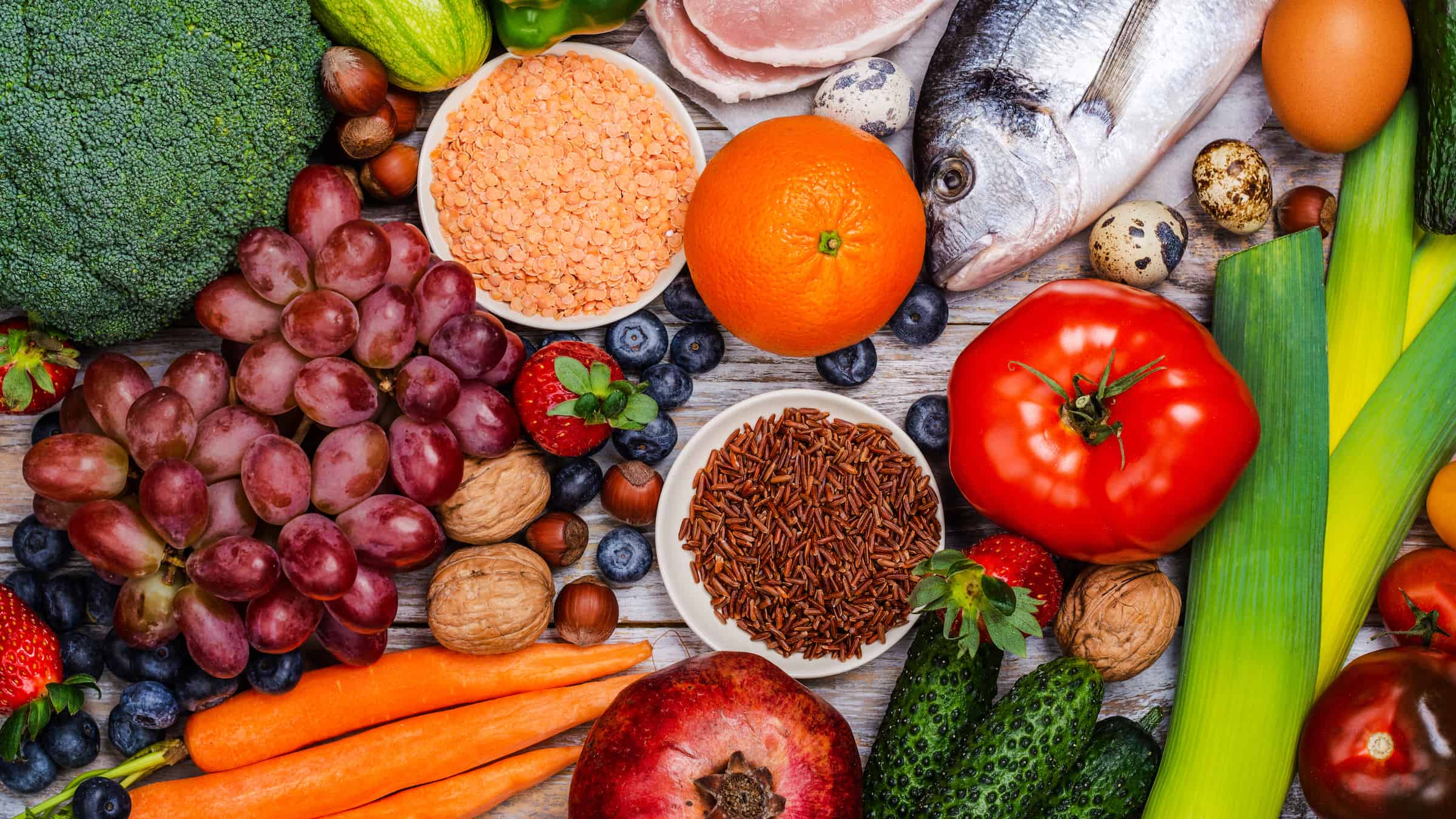Author: Angela Lisle
If you have never heard of it before, you might think that the DASH diet is just running to grab something easy so you don’t get overly hungry. But really, what is the DASH diet? Simply put, the DASH diet, which stands for Dietary Approaches to Stop Hypertension, is a program recommended by many experts to prevent or manage high blood pressure (also known as hypertension).
In recent years, the DASH diet for weight loss has also become a trend. If you struggle with hypertension, weight gain, or both, the DASH diet could be a great option for you. Let’s take a brief look at the DASH diet guidelines and how to get started with it.
DASH diet guidelines
One of the main foundations of this regimen is to lower sodium. The DASH diet starts out allowing up to 2,300 mg of sodium per day, and you slowly cut back to approximately 1,500 mg. Those amounts might sound reasonable, but let’s walk through an example. Your favorite foot long sub sandwich (even covered in lots of healthy veggies with minimal condiments) could possibly put you over your sodium for the DAY, all by itself. And that’s a healthy choice!
On the DASH diet, lowering sodium is primarily done through adjusting food choices to include alternatives that are less-processed, like fresh fruits and vegetables, low-fat dairy, whole grains, and lean proteins. Increasing these foods may also mean cutting back on things like added sugars, high calorie and processed meats, and saturated fats and oils. By making these healthy changes, you will not only lower your sodium intake but also add in nutrients that can help you fight hypertension.
To give you an idea of what the DASH diet would look like: a 1600-calorie diet would include 6 servings of whole grains, 3-4 servings of vegetables, 4 servings of fruits, 2-3 servings low-fat milk products, 3-6 lean protein servings, and 2 fats and oils per day. On top of that, nuts, seeds, and legumes should be limited to approximately 3 portions per week. Sweets and added sugars should be minimized and are to be considered more of a treat, as it is suggested to add these only a couple of times per week.
It’s important to note that when following the DASH diet, some foods–even healthy ones–are naturally higher in sodium than others, such as many root vegetables like beets, carrots, and celery, and some greens such as spinach and chard. Furthermore, many lean meats have a surprising amount of sodium in them, salted or not. Sodium is one also of the main components of table salt, so another simple way to reduce your sodium intake is to keep your salt shakers at home less handy.
DASH diet for weight loss
Now that you have the basic tenets of the DASH diet in mind, we will review how you can use these tools to focus on your weight loss goals. Please note that the DASH diet for weight loss has been shown to be quite effective–as long as you modify it to include an appropriate calorie deficit (meaning you must eat fewer calories than you are burning). Plus, it often works even better when combined with exercise for both short and long term weight loss goals.
If the regimen above sounded a little overwhelming, you are not alone. In fact, some people find revamping their current way of eating to the DASH style works better if done gradually. It can often take some time for your mouth, brain, and body to get used to these changes.
How to follow the DASH diet
1. Spice it up
Real results with a personalized weight loss program
Take the quiz!

Sometimes cutting out sodium, especially salt during cooking, can leave you wanting more flavor, but the DASH diet allows for numerous ways to keep your cuisine interesting. You can add herbs, spices, citrus juices or zest, vinegar, wine, or even sodium-free seasoning blends. You may also want to get spicy with your choices to keep it a little more exciting. Try some new recipes with chili, curry, or ginger to keep those tastebuds happy, even without the extra sodium!
If you aren’t a big fan of cooking, trying some new recipes and unprocessing your diet may feel a little intimidating at first. Luckily, the DASH diet is quite simple and doesn’t require specific foods or difficult recipes. In fact, here are a couple of great recipes to get you started cooking in a more DASH friendly manner. You can also swap in fresh, frozen, or low-sodium, canned fruits and vegetables as sides in your meals or in recipes to save your sodium for where it counts. Plus you’ll probably save time too!
2. Be mindful when eating out
If you prefer to eat out more often, that can certainly make things a bit more complicated on the DASH diet, as many restaurants add salt as an inexpensive flavor enhancer. Salt tastes good, and it can also be a cheap preservative; it totally makes sense that restaurants would use salt to help them cut down on their bottom line, but it’s a source of sodium you’ll need to be mindful of. However, if you plan ahead and look at menu options, and/or speak with the service staff, you can often find items that will work well for you.
If that is not do-able, just do your best to choose the items that seem to be the least processed. For instance, an undressed salad heavy on veggies with toppings and dressings on the side (or removed), or sides like fruits and veggies can be great options. Choices that are pickled, cured, or smoked are often very sodium-heavy, as well as condiments and soups. A good rule of thumb when eating out: Assume that the restaurant has probably added plenty of salt to anything that requires much cooking.
Plus, remember to drink plenty of water to flush out that extra sodium that invariably finds its way into your take-out and restaurant choices. You may see a little fluctuation in the scales the next day or two, but take heart, as it’s often mostly water weight.
3. Unprocess your snacks
An additional method to slowly ease into the DASH diet is to make healthy, less-processed swaps for more calorie-dense options with your snacks. Even if you aren’t in the mood for a super nutritious snack like baby carrots or grapes, there are still so many delicious ways to enjoy snack time with your weight loss and wellness goals in mind. For example, enjoy high-fat snacks in a more healthy way like low-sodium, unprocessed nuts instead of microwave buttered popcorn. We have some awesome DASH-inspired snacking ideas for you to try out as well.
4. Get organized
The DASH diet may be quite an adjustment to your current routine, but organization can be key when practicing new behaviors and skills in real life. Try making a shopping list and planning for meals that include DASH-friendly foods. Usually, if you can get your brain on board with a new way of eating, your mouth and your body will follow suit sooner than later.
5. Recalibrate
After switching to the DASH diet (or any diet really), the body may need some time to recalibrate. For instance, digestion can change due to an increase in fiber intake. You may want to expand your fruit and vegetable intake slowly, perhaps adding one at each meal. Alternatively, add a few meatless meals into your regimen to increase fiber and lean protein at the same time. That would definitely be a win-win situation!
Even more surprising, it can take time to learn to “taste” food in a different way. In fact, some experts suggest it could take months for your brain and taste buds to acclimate to this new way of eating. Once you get used to it though, you may find that foods you once loved now feel overly salty for you, which may in turn have you craving those less processed, healthier foods that will have you on your way to your goals in a more sustainable manner.
The bottom line
Although Noom doesn’t subscribe to any one particular style of eating, our program fits pretty seamlessly with the DASH diet or any other eating style. So if trying the DASH diet for weight loss or sticking to the DASH diet guidelines sounds too difficult, then reach out and let Noom help you reach your weight loss and wellness goals!



